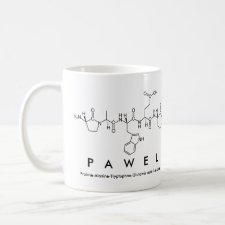
Authors: Szabelski P, Kaczmarski K
Article Title: Phenomenological Modeling of Separation of Enantiomers by Nonlinear Chromatography.
Publication date: 2008
Journal: Acta Chromatographica
Volume: 20
Issue: (4)
Page numbers: 513-547.
DOI: 10.1556/AChrom.20.2008.4.1
Abstract: Separation of enantiomers by liquid chromatography is a powerful method which has long been used to obtain enantiomerically pure compounds in the pharmaceutical, food, and agrochemical industries. Optimization of such separations to achieve high-performance resolution of pairs of enantiomers is a challenging task. To this end, mathematical models of adsorption on chiral stationary phases have been widely used to predict the performance of chromatographic columns packed with these materials. In this review we discuss the basic adsorption models used in chiral separations, and their extension to specific cases. We also outline combination of adsorption models with models describing mass-transport processes in a chromatographic column. We focus on the most popular chiral stationary phases used in chromatographic separations, for which we describe recent developments in theoretical modeling of enantioselective binding
Template and target information: Review - modelling the separation of enantiomers



Join the Society for Molecular Imprinting

New items RSS feed
Sign-up for e-mail updates:
Choose between receiving an occasional newsletter or more frequent e-mail alerts.
Click here to go to the sign-up page.
Is your name elemental or peptidic? Enter your name and find out by clicking either of the buttons below!
Other products you may like:
 MIPdatabase
MIPdatabase









